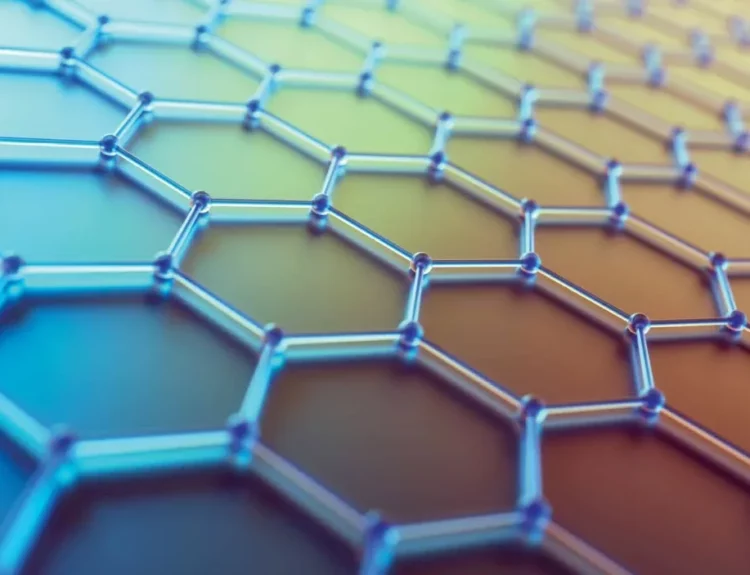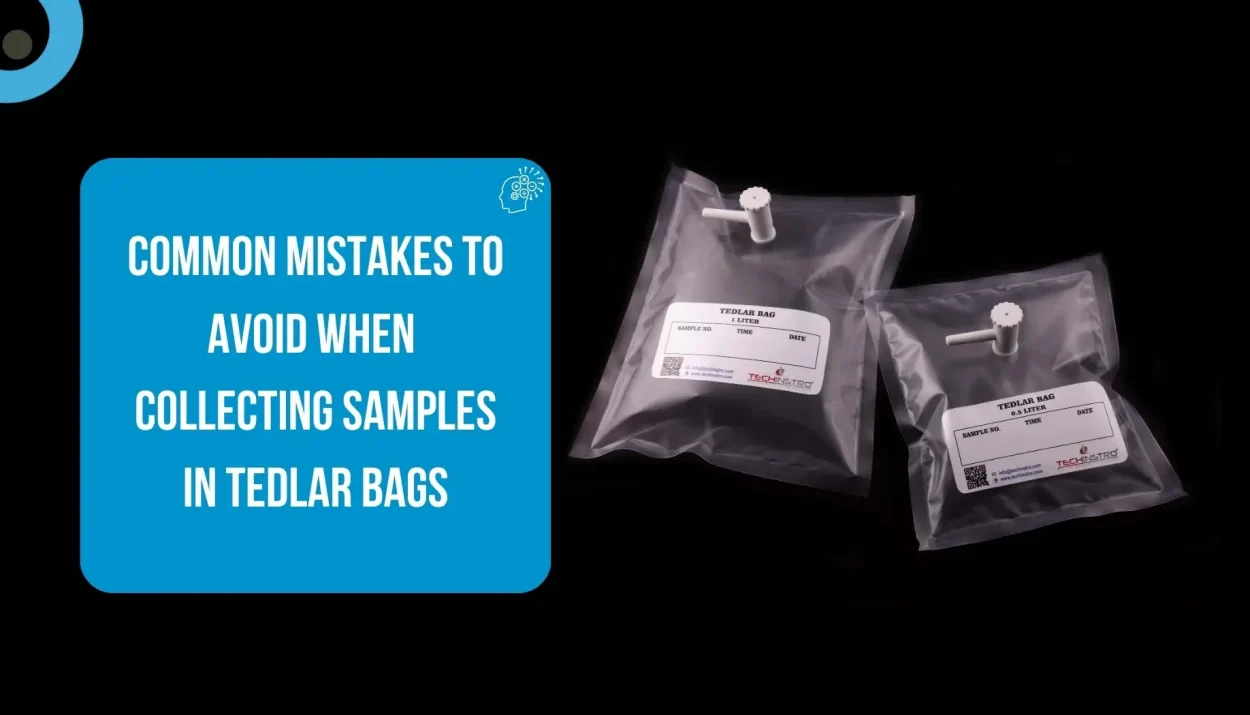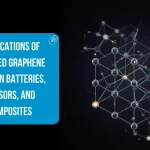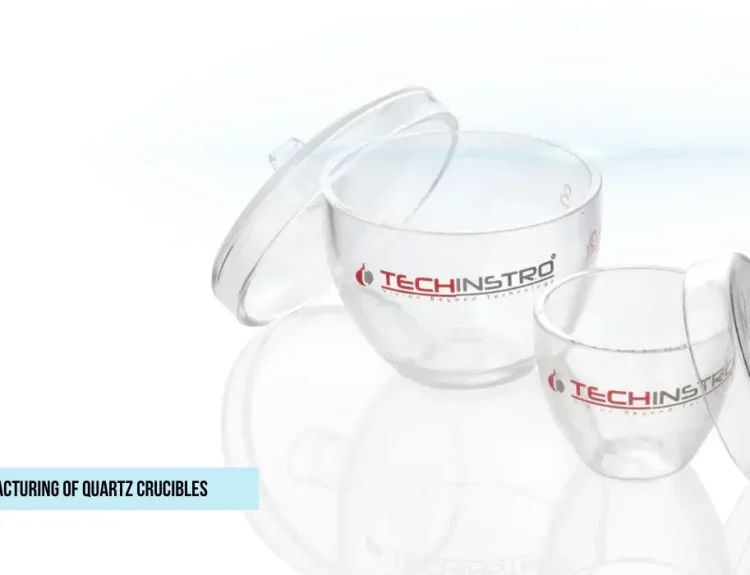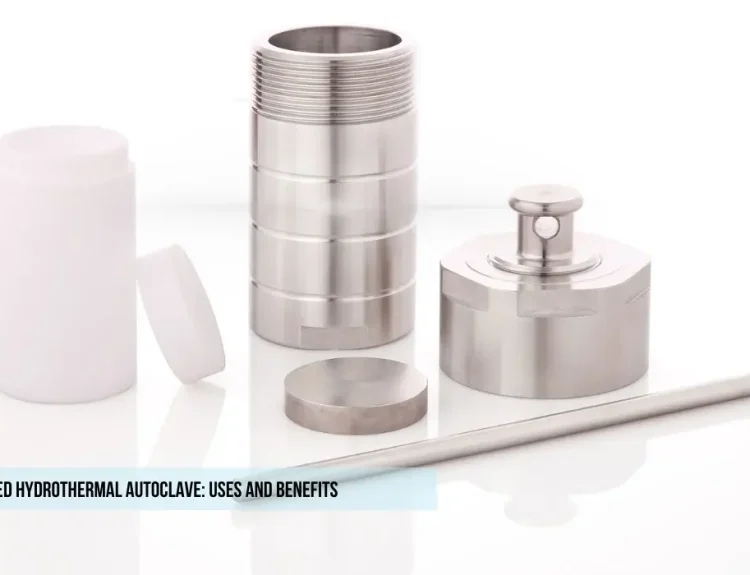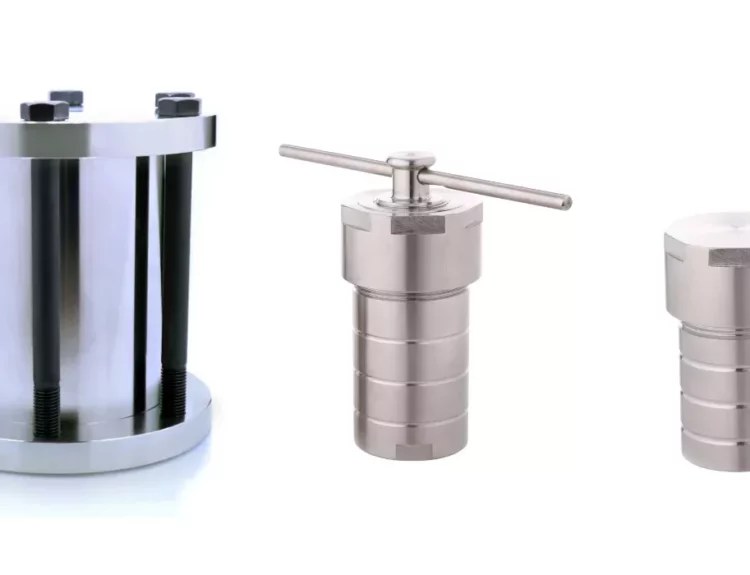Tedlar bags are commonly used to collect air or gas samples for analysis. They are made from a special plastic that prevents contamination and preserves the sample. However, improper use can lead to inaccurate results. Here are some common mistakes to avoid.
Not Cleaning the Bag Properly
Before collecting a sample, the Tedlar bag must be cleaned or flushed with the same gas or air being sampled. If this is skipped, residual gases from previous use can mix with your sample, affecting the results.
Buy Tedlar Bag:
Overfilling or Underfilling the Bag
Filling the bag with too much or too little sample can cause problems:
Overfilling can damage the bag or cause leaks.
Underfilling may not provide enough sample for accurate testing.
Always follow the recommended volume for the specific bag.
Using the Wrong Bag Material
Tedlar bags are designed for specific gases. Using them for highly reactive or corrosive gases may damage the bag or alter the sample. Always check if the bag is compatible with your sample type.
Storing Samples Too Long
Tedlar bags can preserve samples, but only for a limited time. Storing a sample for too long can cause chemical reactions or gas loss, leading to inaccurate analysis. Always analyze samples as soon as possible.
Exposing the Bag to Sunlight or Heat
Heat or direct sunlight can degrade the bag material or change the sample composition. Keep bags in a cool, shaded place until analysis.
Improper Sealing
Not sealing the bag tightly can lead to leaks and sample contamination. Always ensure that the valve or closure is secure after filling the bag.
Touching the Bag Surface
Oils or dirt from hands can contaminate the sample. Always handle the bag carefully and avoid touching the inside or the sample opening.
Conclusion
Collecting samples in Tedlar bags is simple if done correctly. Avoiding common mistakes such as improper cleaning, overfilling, incorrect storage, or leaks ensures your samples remain accurate and reliable. Following proper procedures will save time, reduce errors, and give trustworthy results in gas or air analysis.
